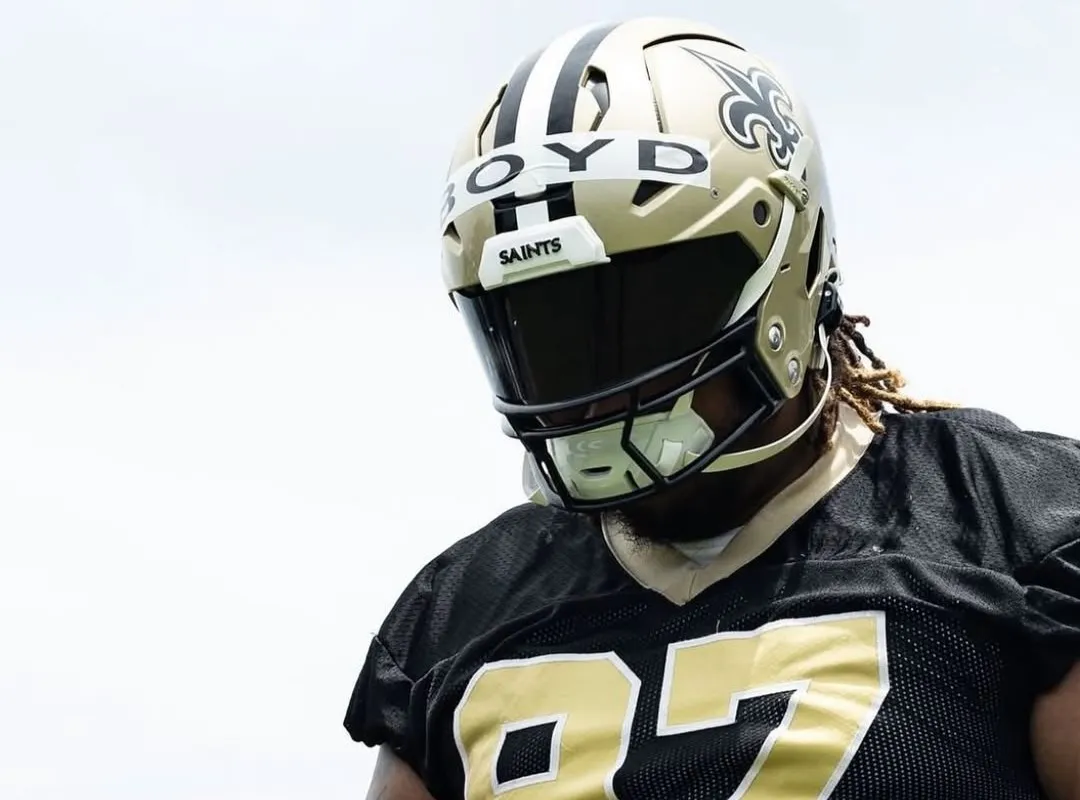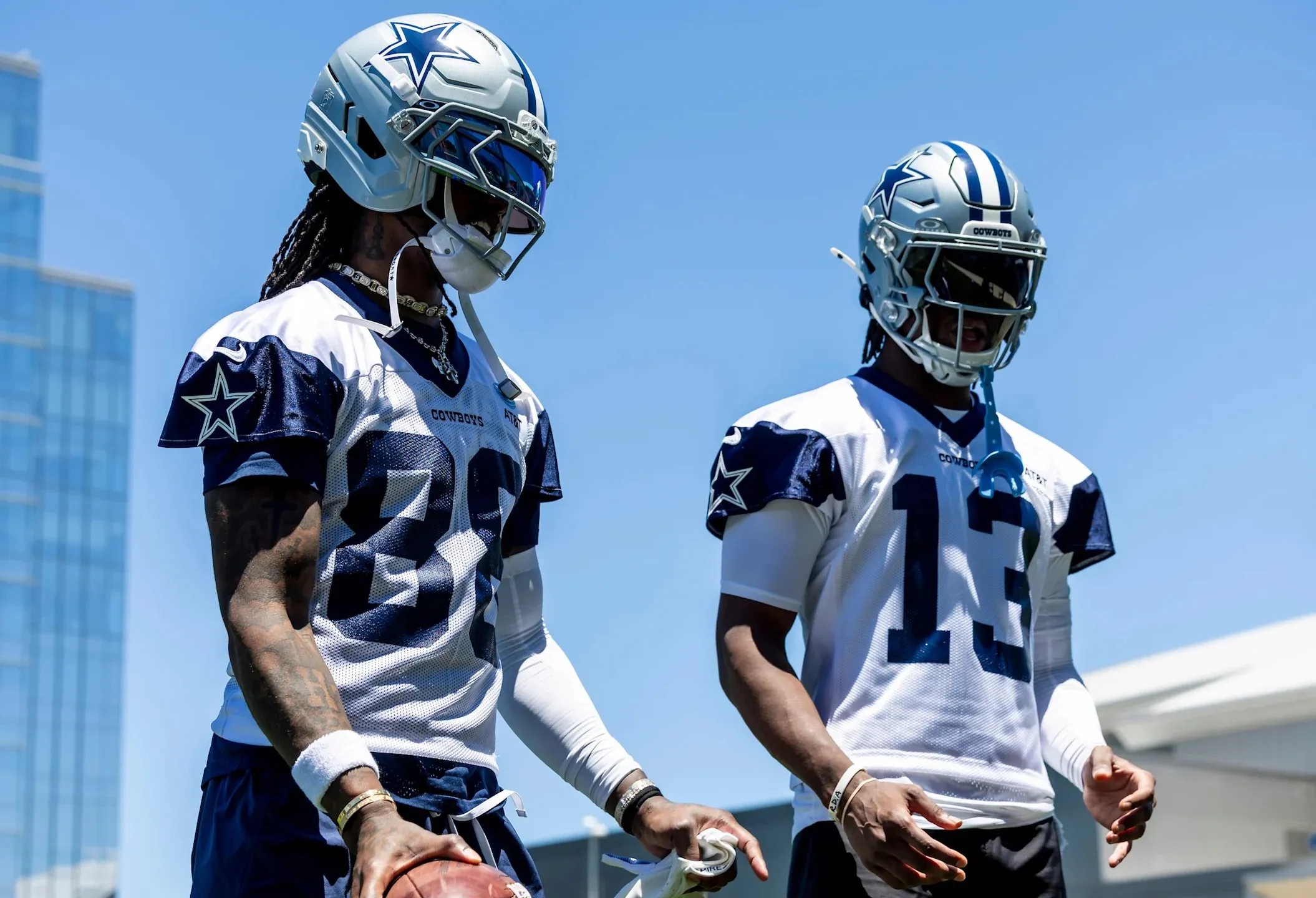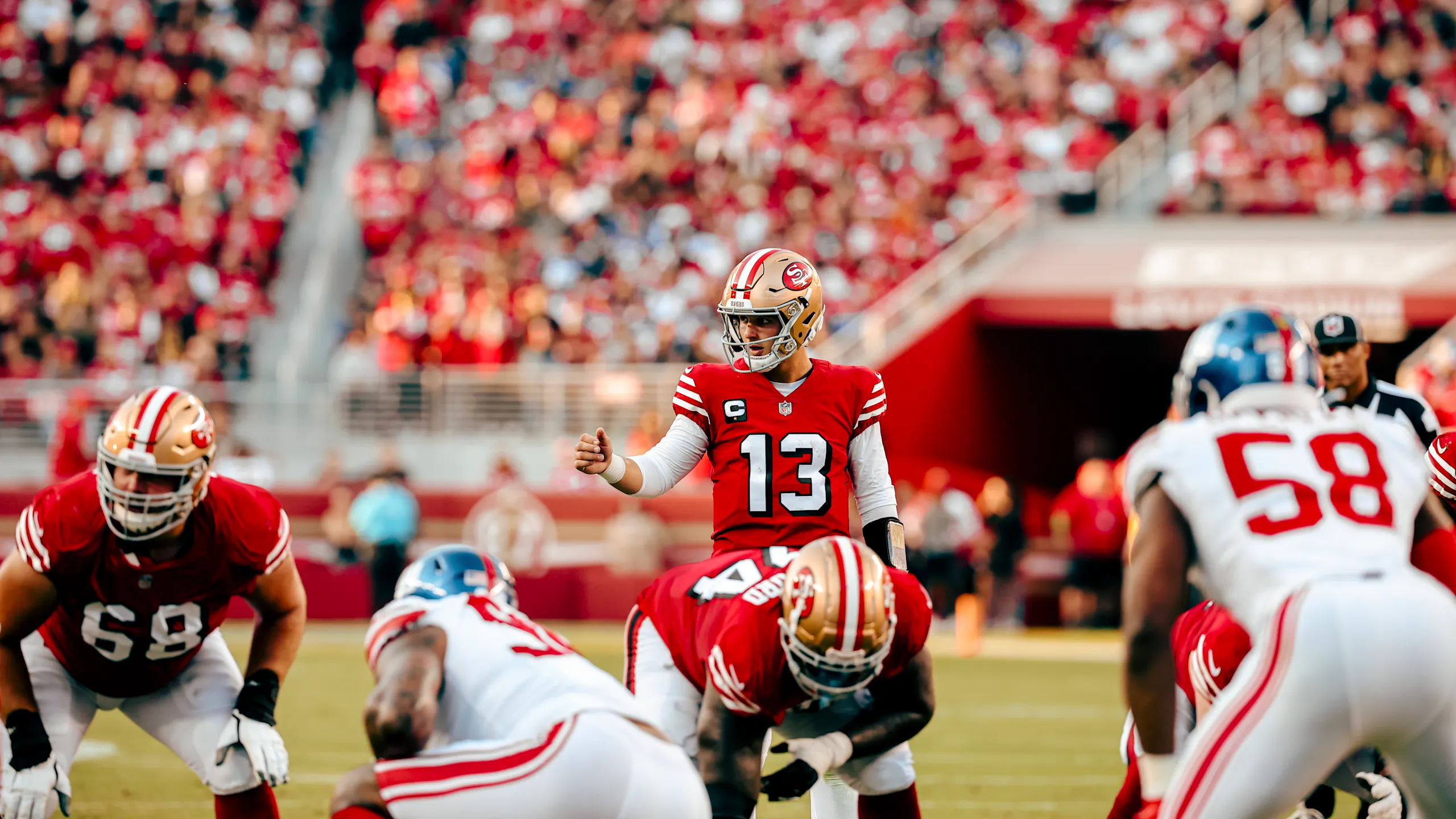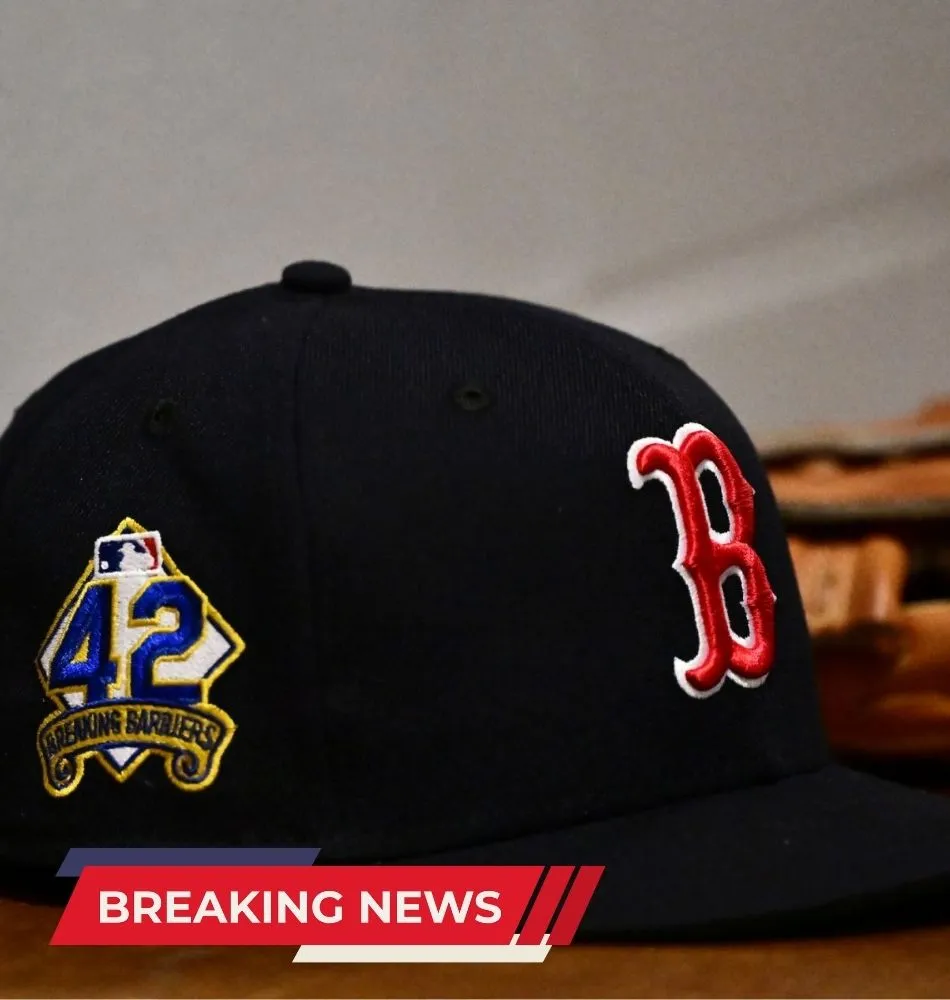Star Trek is one of those shows that has permeated pop culture in almost every way possible. It is a pop culture juggernaut, referenced in everything from popular sitcoms like The Big Bang Theory and sketch series like Saturday Night Live. Even those who don’t watch any of the Star Trek series can name a few characters.
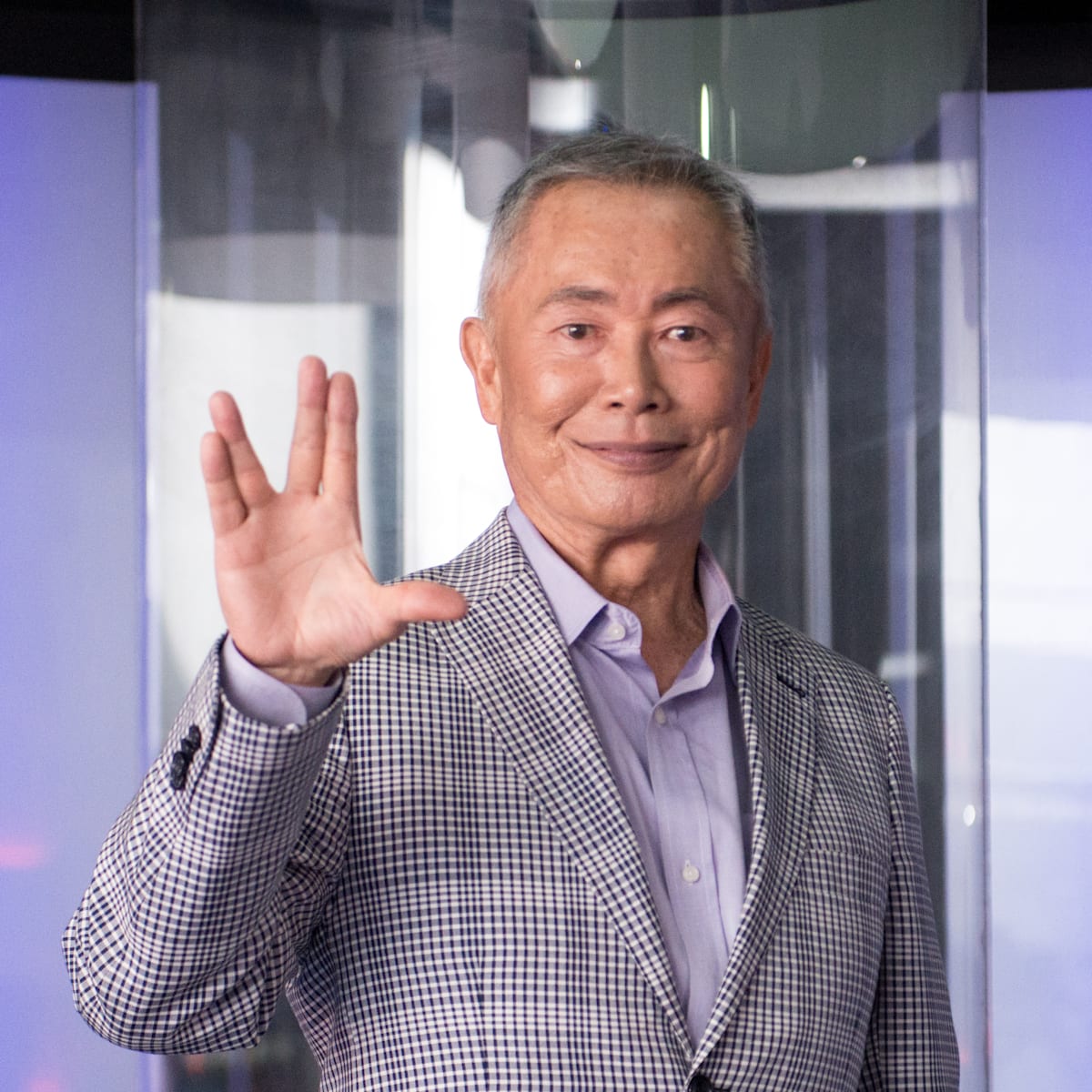
Die-hard fans of the show pride themselves on their Star Trek knowledge and make trivia their business. Character and planet names, guest stars—if you ask the question, they can answer it; however, the lore of Star Trek runs so deeply that even devoted fans probably don’t know these three facts about the multi-series franchise.
1. George Takei approached Gene Roddenberry about an LGBTQA+ storyline
During Star Trek’s second season, George Takei approached the show’s creator, Gene Roddenberry, about the possibility of an episode that highlighted a same-sex relationship. At the time, the Stonewall Riots and the fight for LGBTQA+ rights were still several years away. While Roddenberry pushed the envelope when it came to controversial episodes, he felt that any attempt at addressing these issues could very possibly get Star Trek canceled.
Fortunately, by the time Star Trek: The Next Generation came along, social attitudes were changing, and future franchise series would feature same-sex (and different species) couples, including Star Trek: Deep Space Nine and Star Trek: Discovery. Takei must have felt gratified, even if the franchise’s show runners had to wait several decades to feature a queer narrative.
2. Roddenberry curtailed many Star Trek: The Next Generation script ideas
Gene Roddenberry wanted Star Trek: The Next Generation to stand on its own while drawing in fans from the original series by offering familiar elements: A ship named Enterprise (series D), a tightly-knit bridge crew, and a variety of adventures to enjoy. However, there were a few storylines he would consistently reject for this series.
Roddenberry’s Next Gen rules were quite simple: no wars or confrontations with either the Klingons or the Romulans, no fantasy elements, and no scripts where the ship’s computer takes over, like in the original series “The Ultimate Computer” (S02E24). He wanted new ideas, not recycled ones (although the show tried to temporarily ride the coattails of the original in several episodes of season 1, as the show truly didn’t find its footing until about season 3.)
3. Chekov was Roddenberry’s answer to Davy Jones
Roddenberry was fond of saying he added the character of Pavel Chekov in season 2 as a nod to the Russians and their accomplishments in space. However, while he might have been impressed with the Russians, he’d also noticed another TV show on NBC, The Monkees, was drawing in young people, particularly girls, as the diminutive and dapper Davy Jones caught their eye.
Sensing the chance for a rating’s boost, Roddenberry brought in Walter Koenig to play a young Russian navigator who bore more than a passing resemblance to Davy Jones. He even had the makeup department fashion a Beatles-type wig for Koenig to wear, which, according to George Takei’s autobiography To the Stars, embarrassed him so badly that he had to be persuaded out of his trailer when it was time for filming! Unfortunately, NBC moved Star Trek’s time slot to Fridays at 10 p.m. soon after, so the gambit to draw in younger viewers ultimately failed.
Star Trek lore is filled with anecdotes like these, and many more crop up as the franchise grows. Who knows, in a few years, we might have several new series to delve into! It’s certainly something to look forward to.
